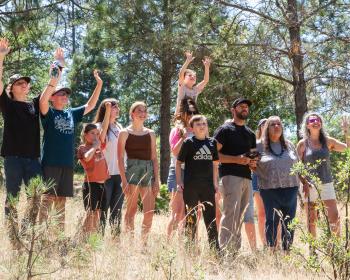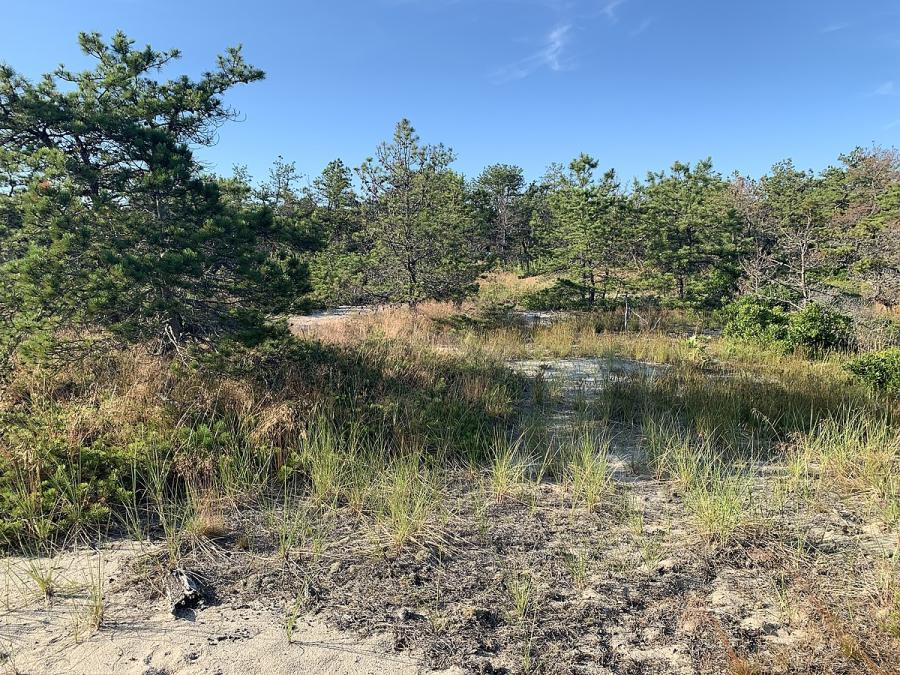
By Madeline McGill
In 2013, photographer Matika Wilbur embarked on a four-year journey called Project 562 to transform the way the public regards Native Peoples. A member of the Swinomish and Tulalip Tribes and tired of historical inaccuracies and stereotypical images, she sold everything in her Seattle apartment and set off to photograph each of the US’s 566 federally recognized tribes.
On November 6, 2014, she stood in front of students at Boston College after traveling to five cities in the last week.
“Stand up, stand up,” she says. “We’re going to do a little love, we’re going to show a little love. And we’re going to do this so I know that I’m not alone up here. I want everyone to go like this… AAAH!”
She yelled, and the audience yelled with her. This barrier, between presenter and audience, is the first that Matika Wilbur broke during her talk. Over the next hour, she told us of other barriers that she has encountered on her journey: between race and identity, language and culture, and dominant society and understanding.
“The thing about when we have these discussions about domestic violence or we talk about suicide, or when we talk about race, when we talk about the things that are uncomfortable or awkward – it’s always easier when we talk about it as if it’s some other group of people,” said Wilbur. “Therefore we have to ask ourselves ‘do I have to care if it’s not directly related to me?’ … So I talk about it in hopes that you’ll help me in finding a solution for some of these types of issues. I hope that you’ll care... I hope that we can begin to respect each other in that way.”
Wilbur presented a series of photographs from her project, each featuring a Native person often proudly dressed in traditional regalia or standing on tribal land. Most subjects looked back into the audience, often proud, often happy, and always resolute.
Wilbur’s journey has been no easy undertaking given the scope and breath of America’s sovereign nations. She told stories of uncertain roads, motels and couches, and the many strangers that she has had to rely upon for help along the way. Fortunately, she said, strangers are simply people whose stories we do not know yet.
“It becomes very easy to become afraid of one another,” she said. “Suddenly the others become scary. We don’t know what’s going to happen, so it’s easier if I stay in my comfort zone and I don’t extend my hand and make friends with others. But I found is when I put my hand out and I say ‘I’m new here and I don’t know anybody,’ people take care of me.”
The true gems of Wilbur’s presentation were the stories of the people that she had met and photographed throughout her project. From reservations to urban centers, she told us of teachers, activists, doctoral students, family members, medicine men, and many other Indigenous people who were reversing Native stereotypes often seen in popular media.
Their stories were impactful. Some had experienced pain and others had been meet with great success. Some were more welcoming than others, but all ultimately shared part of themselves with her. She showed us a picture of an elderly Diné couple, who only spoke their native language, but showered her with kindness upon learning that it was her birthday.
Another person that she had encountered was a Havasupai elder, who had a great distrust of outsiders but allowed his photo to be taken only after Wilbur demonstrated her talent for making flatbread. Often times she was nervous before meeting strangers in these situations, she said. But after meeting people and beginning to hear their stories, all of her previous fear would fade away.
With her encounters, many discussions have arisen regarding culture, tradition, and native identity. One young woman that she met confessed to her that in the cafeteria she did not know which side she belonged to: with her fellow Native students or with the white students on the other side.
“It happens frequently, we have these measurements of who’s ‘Indian enough’ so to speak. Who’s ‘Cherokee enough,’” said Wilbur. “… It happens on a regular basis that we have these measurements of what it means to be ‘enough’ of something. And I think we’re ready to move beyond that. I think we’re ready to begin accepting people as they are, however it is they’d like to identify.”
Wilbur seeks to create a portrait of modern Native America that goes beyond the representations seen in Hollywood and popular media. With her project, she is successfully creating a platform that raises awareness for issues such as self-determination and cultural understanding.
“I try to think why do people care, and I realized that people are supportive because they believe in the cause. I think at the core of it all we want to remember that we belong to each other, and we’re more similar than different. We want to remember to see each other as human beings. And so it’s with these stories that I share with you tonight that I offer some medicine for you.”



